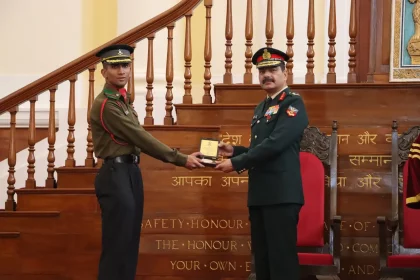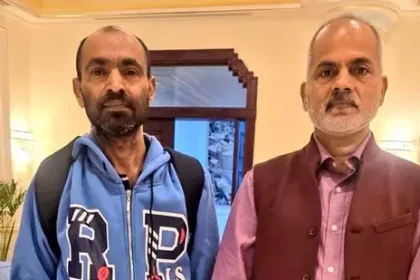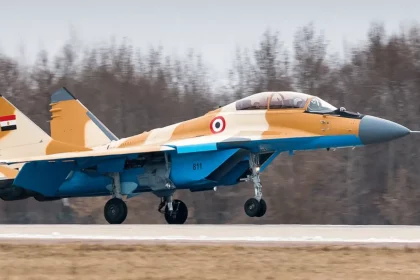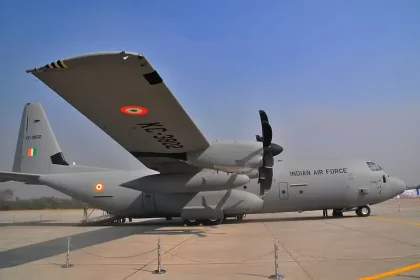71 Cadets Graduate from IMA’s Army Cadet College Wing in Dehradun
71 ACC cadets receive JNU degrees, top performers honoured; Kargil Company wins Commandant’s Banner at IMA Dehradun ceremony.
India, Malaysia Begin Joint Military Exercise Harimau Shakti 2025 in Rajasthan
Indian DOGRA Regiment and Malaysian 25th Battalion Train Together for Enhanced Counter-Terror Operations in Rajasthan.
Ex-Army Soldier Freed After Five Months in Houthi Captivity, Returns Home Safely
Former Army Soldier Held by Houthis Returns Home After Months of Mental Ordeal.
India’s Indigenous MiG-29 Brake Parachute Makes Global Debut at EDEX 2025
Gliders India Showcases Lighter, Faster-to-Deploy MiG-29 Brake Parachute at EDEX 2025.
India–US Defence Ties Deepen as Lockheed Martin & TLMAL Deliver 250th C-130J Tail Assembly
Hyderabad-built tail assembly marks a major leap in India’s role within the global C-130J production ecosystem.
GE Aerospace Hands Over Fifth F404-IN20 Engine to HAL, Boosting TEJAS MK-1A Programme
GE Hands Over Fifth F404-IN20 Engine to HAL, Boosting TEJAS MK-1A Production Momentum.






